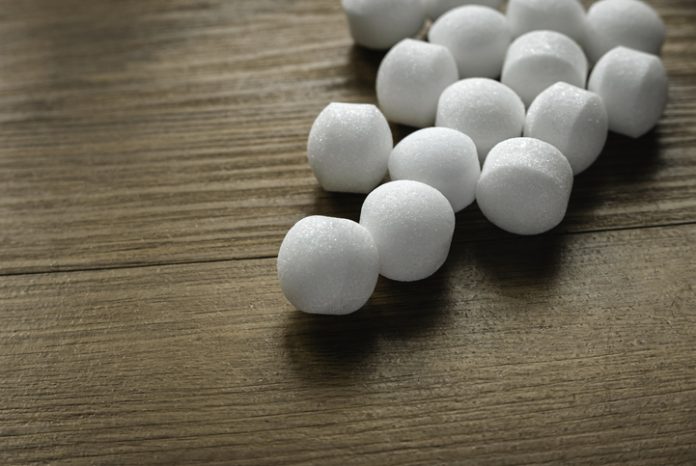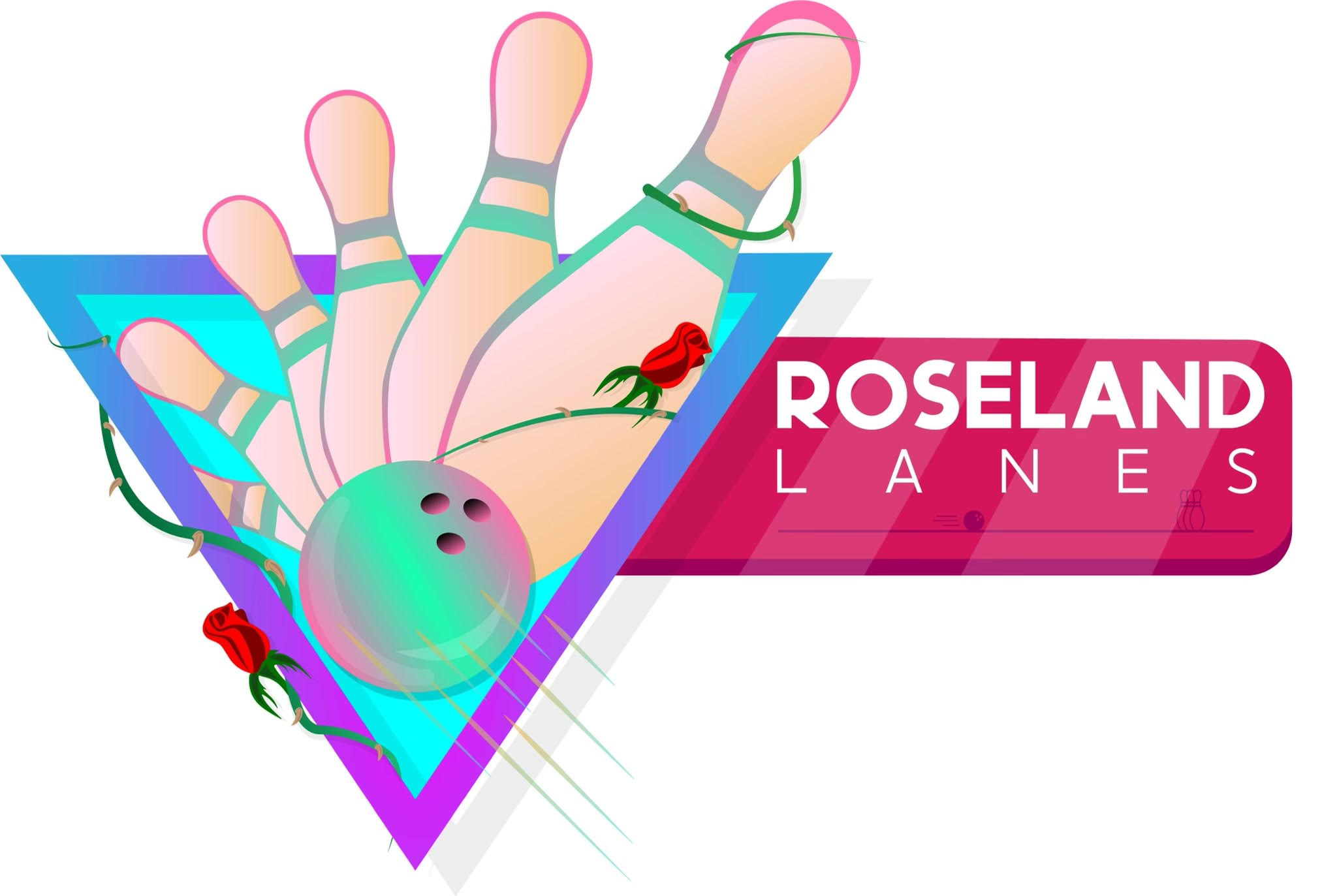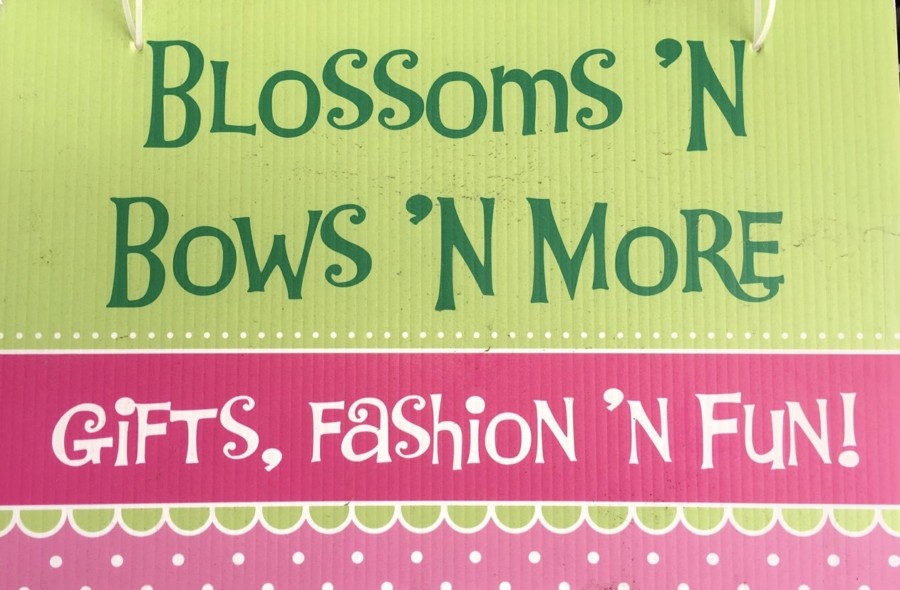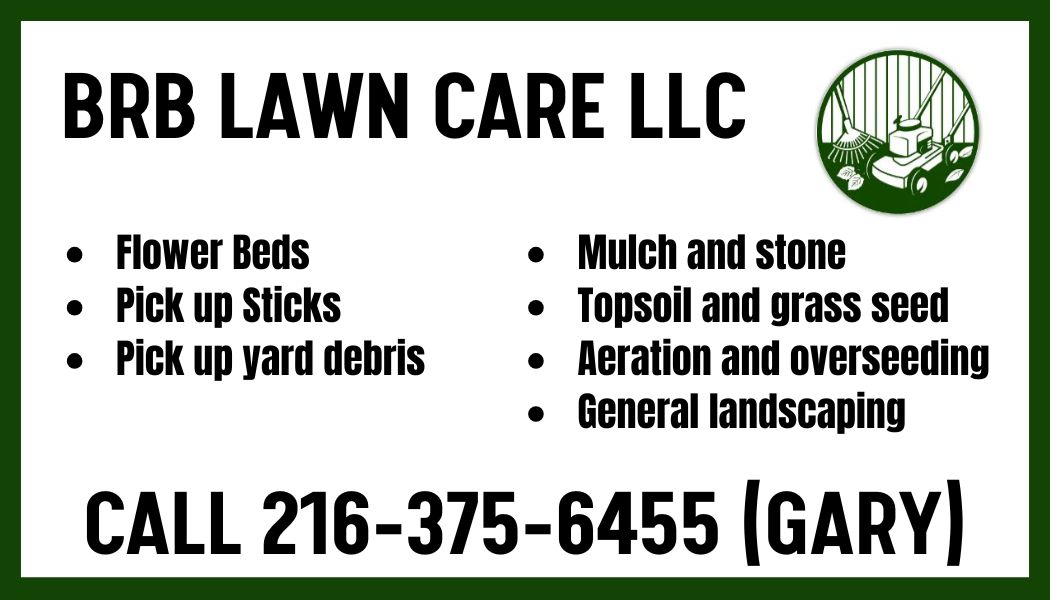Could mothballs be making you sick? If you breathe enough of it in, it can make you very sick. Some mothballs have a chemical solid compound called naphthalene in them, which has the potential to turn from a solid into a toxic gas within a few days. Reread that last sentence. Naphthalene is a gas. Hmm that is interesting. Anyone who has ever been in the presence of someone who uses moth balls in their home can tell you it has a strong smell, and very noticeable to the senses, specifically the nose. The aroma can fill a room and stick around with a stench resembling that of a skunked dog. When you smell mothballs you are inhaling them.
Naphthalene is an ingredient within mothballs and is used as an insect repellant in attic and wall spaces, it is found in approximately nine insect repellant products. Naphthalene is just one of many caustic ingredients within mothballs.
Naphthalene causes damage to the human body via inhalation, ingestion and absorption through skin and mucous membranes. It causes oxidative stresses to hemoglobin, a portion of a red blood cell and breaks it apart. Heinz bodies or tiny red dots seen microscopically on the red blood cells are indicative of some sort of toxic exposure. They are resultant of red blood cells breaking down faster than they can be replaced by the body. Hemoglobin is responsible for carrying oxygen in the blood from lungs to body tissues. Hemolytic damage can cause debilitating effects such as yellow skin from liver damage, kidney damage, paleness of skin and gums (due to anemia), weakness, shortness of breath, and a rapid heart rate.
Although naphthalene can be found in mothballs and other repellants, varying levels of the vapor can also be found in homes of people who smoke cigarettes, perform certain styles of cooking, come in contact with car exhaust, have homes with electric heating elements, or from burning wood indoor-outdoor and forest fires. Mothballs are not the only source of naphthalene exposure, but its effects have been studied and can be found on National Institute of Health websites. High concentrations of naphthalene can cause nasal irritations, coughing, headaches, nausea, vomiting, headache, and mental confusion. For this reason, mothballs should not be placed near ducts or crawlspaces where the air flow is recirculated throughout the home and can be breathed in because of is caustic and damaging effects to the human body. Bottom line is naphthalene can be poisonous if large amounts are ingested or inhaled. When you smell mothballs you are breathing in the poisonous insecticide.
*Whether you are taking your sweaters out for winter or storing your summer clothes away, there are some safety tips to follow posted by the Poison Control National Capital Poison Center and Rose Ann Gould Soloway, RN, BSN, MSEd, DABAT emerita Clinical Toxicologist listed below:
- Be sure that loose mothballs and boxes of mothballs are kept where children cannot find them.
- Follow all label directions carefully. These products are legal to use on and around clothing. They are NOT legal to use loose in the attic, in the eaves, or on the ground outside in an attempt to repel animals.
- Wash clothing and bedding that has been stored in mothballs before wearing or using it. (Some authorities believe that it’s hard to wash naphthalene out of fabrics.)
- Dispose of mothballs with other household hazardous waste. (Hazardous waste collection sites differ by county.)
- If you think that anyone has swallowed mothballs, get guidance from Poison Control right away. Use the webPOISONCONTROL® online tool or call 1-800-222-1222 any time of the day. Both options will tell you exactly what to do.
Information obtained from:
- http://npic.orst.edu/factsheets/naphgen.html
- https://www.ncbi.nlm.nih.gov/pmc/articles/PMC3850774/#:~:text=Naphthalene%20Toxicology%20and%20Health%20Effects&text=Oxidized%20hemoglobin%20can%20become%20denatured,by%20all%20routes%20of%20exposure.
- https://www.poison.org/articles/taking-your-woolies-out-of-mothballs
For more detailed information about naphthalene please call the National Pesticide Information Center, Monday – Friday, between 8:00am – 12:00pm Pacific Time (11:00am – 3:00pm Eastern Time) at 1-800-858-7378 or visit us on the web at http://npic.orst.edu. NPIC provides objective, science-based answers to questions about pesticides.





















